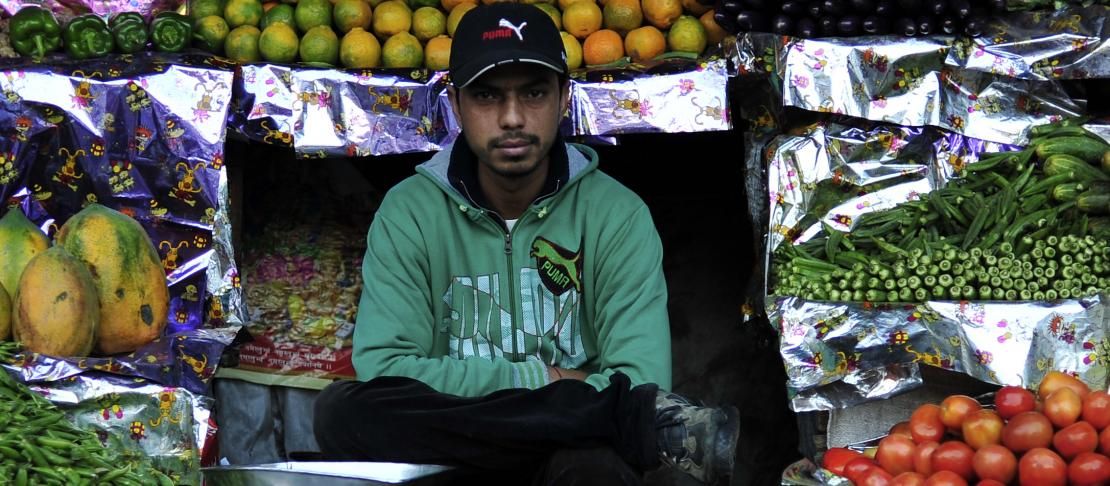Prioritizing climate adaptation for South Asian agriculture at different scales

by Pramod Joshi, International Food Policy Research Institute
Increasing population and rising economic growth are putting tremendous pressure on the agriculture sector to meet the present and future demand for food commodities. Unfortunately, the agriculture sector is confronted with numerous inherited challenges, which include stagnating crop yields and declining profitability mainly due to growing input use inefficiencies and deteriorating quality & quantity of natural resources. Rising food prices, inconsistent domestic and trade policies and deteriorating agri-institutions are further aggravating the agrarian crisis. Climate change is further exasperating the agriculture sector. Evidence shows that agriculture sector is more vulnerable to climate change as the probability of crop failure increases considerably and adversely affects the income and livelihood opportunity of those depend on agriculture. Studies further reveal that smallholders are more vulnerable to climate change as their risk bearing ability is extremely low. It is, therefore, important to minimize climate change impact through available adaptation options.
There is a need to develop an inventory of climate smart agriculture options and assess their technical and financial feasibility at different scales. Since resources are limited and agro-ecologies and socio-economic conditions are heterogeneous, it is also necessary to prioritize adaptation interventions for higher impact. The focus needs to be pro-poor and risk mitigation options for different agro-ecological and socio-economic environments.
A study under CCAFS is in progress which addresses the following: (i) prioritizing available technology and policy options for adapting to climate change for implementation at local level, and evolving mechanisms to upscale them for regional scale; and (ii) developing a land use model for identifying optimal land use for meeting multiple targets of increasing food production, raising farm incomes, mainstreaming gender, improving sustainability of natural resources, and enhancing environmental services (increase carbon sequestration, minimize greenhouse gasses), and minimizing climate change impacts.
The outputs of the study are targeted for policy advisors, researchers, private sector and civil society organizations to ultimately benefit the farmers, especially small and women farmers.
More information
Related story: The ups and downs of climate change adaptation in agriculture
Read more about Climate Change, Agriculture and Food Security work in South Asia.
This blog story was written by Pramod Joshi, International Food Policy Research Institute. To get more updates on our research in South Asia, follow us on Facebook and Twitter @Cgiarclimate.


